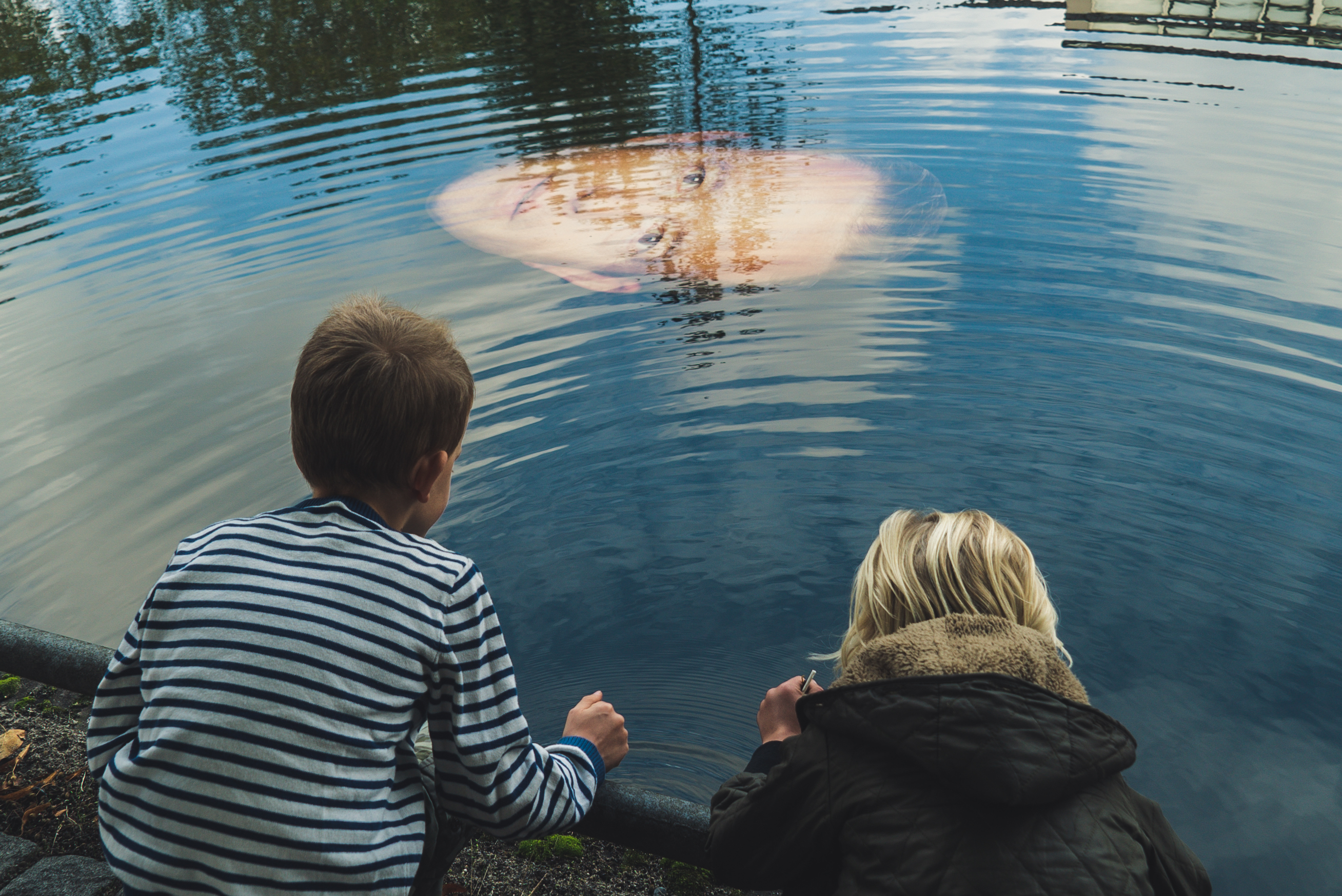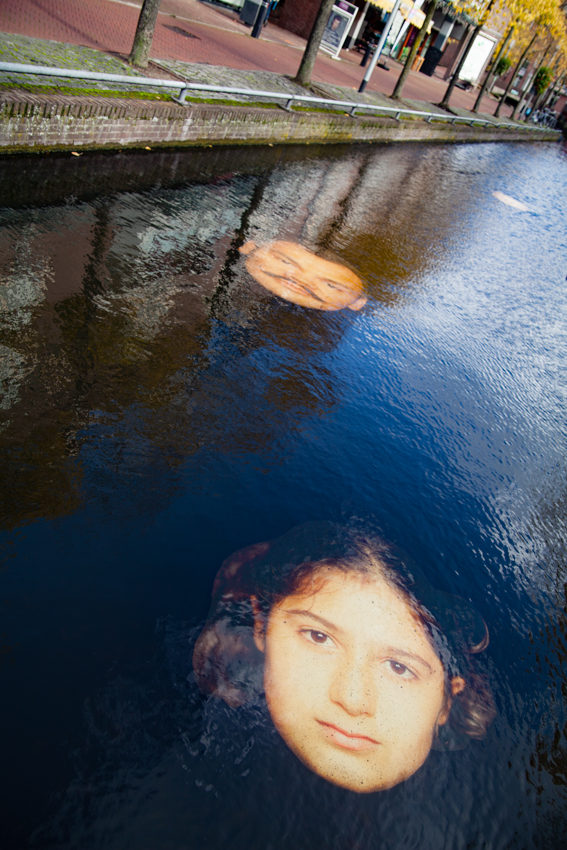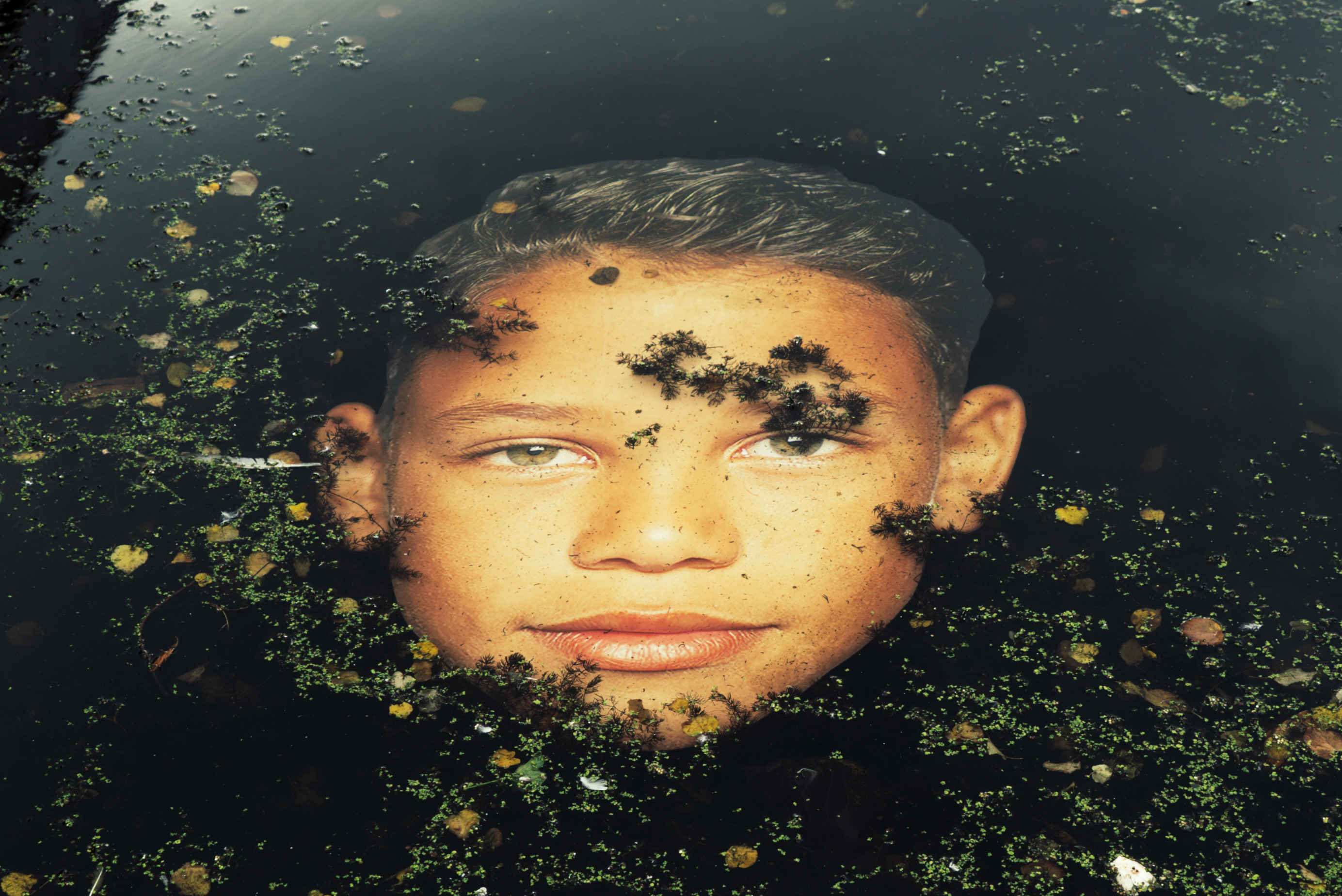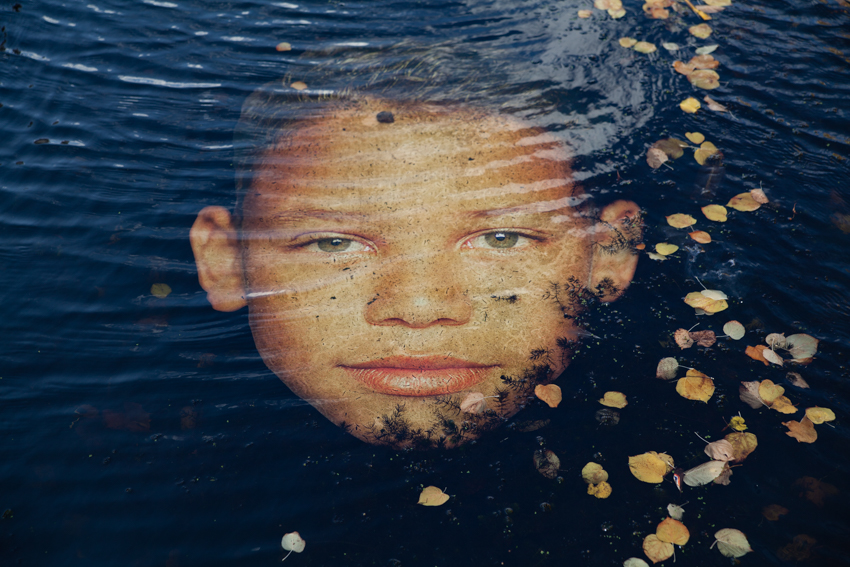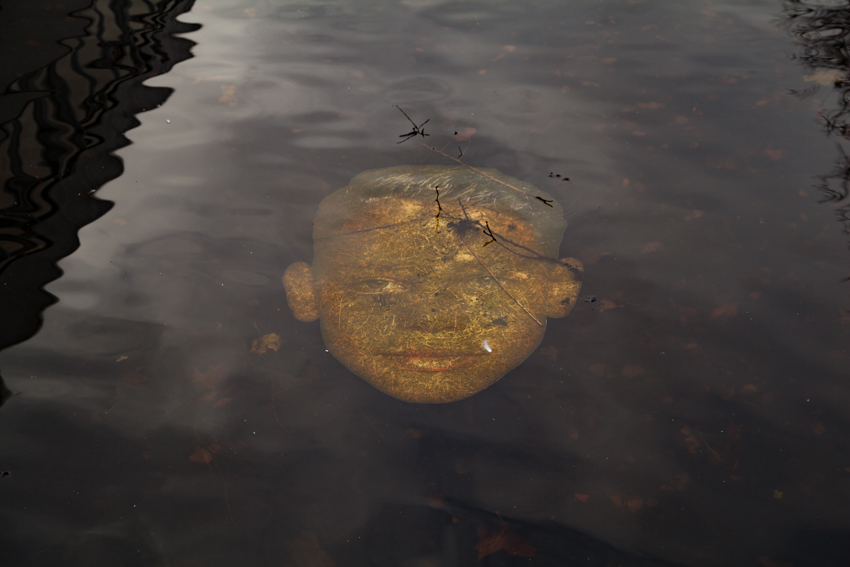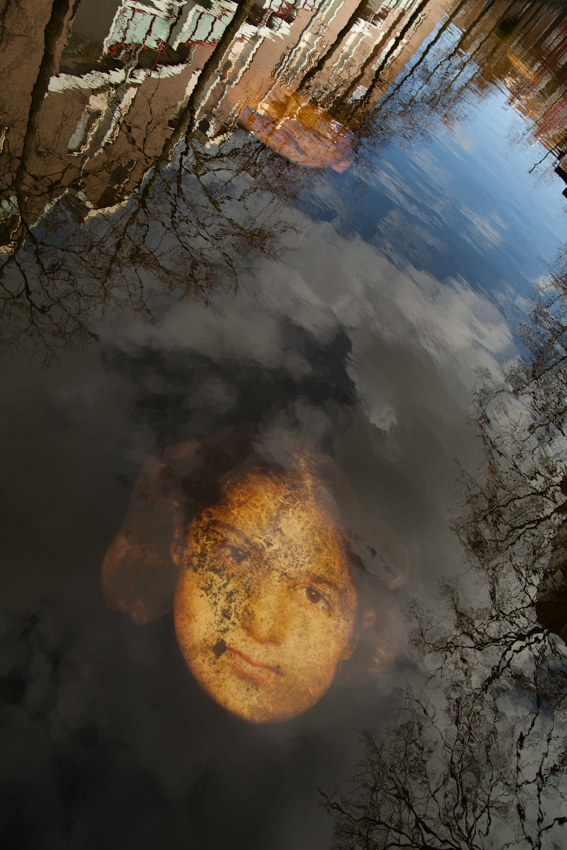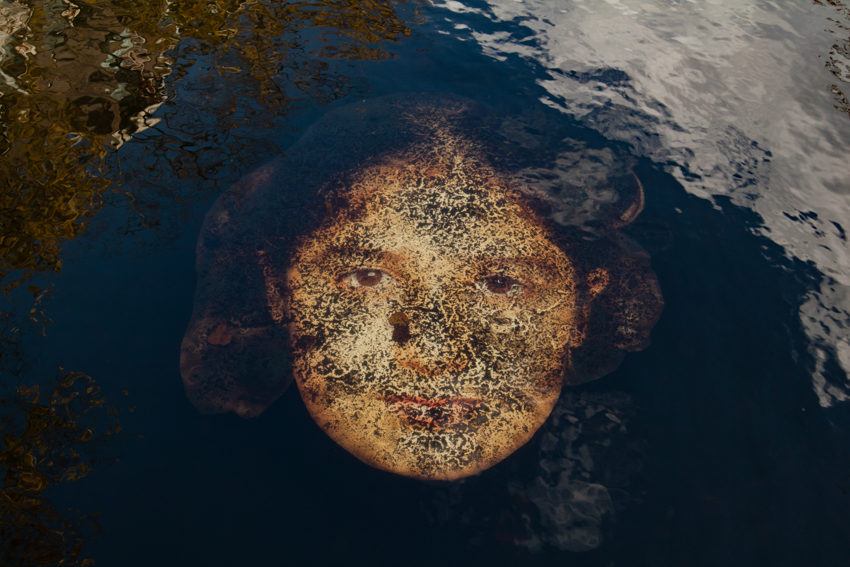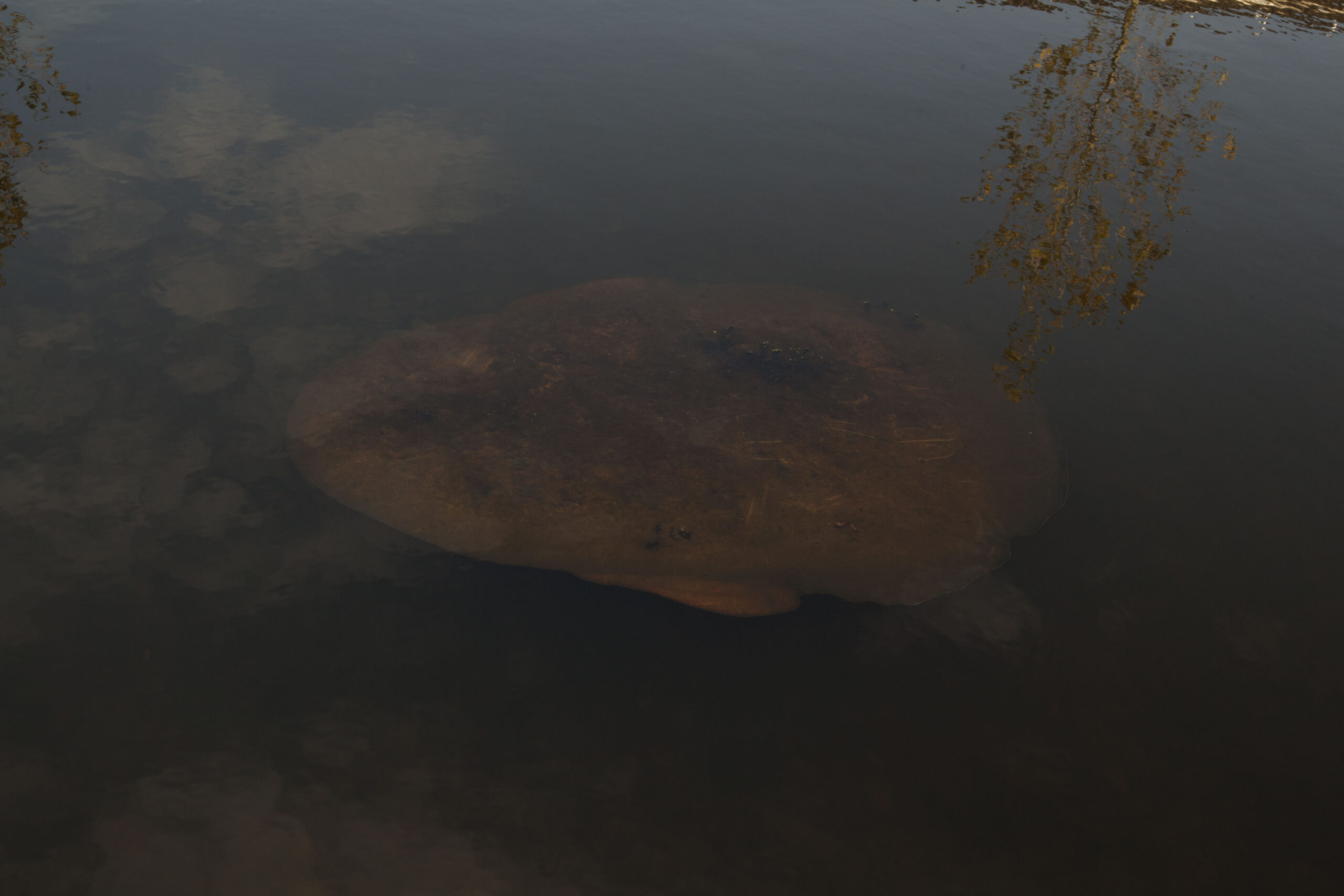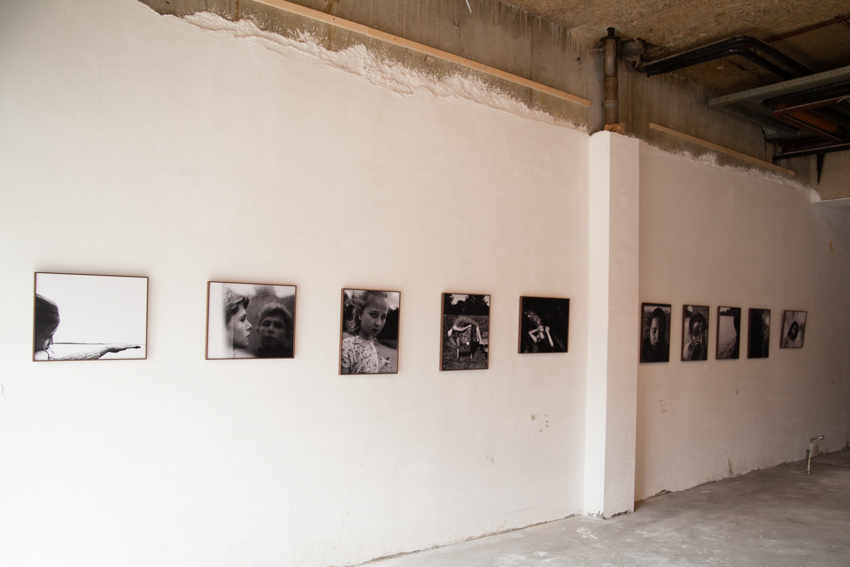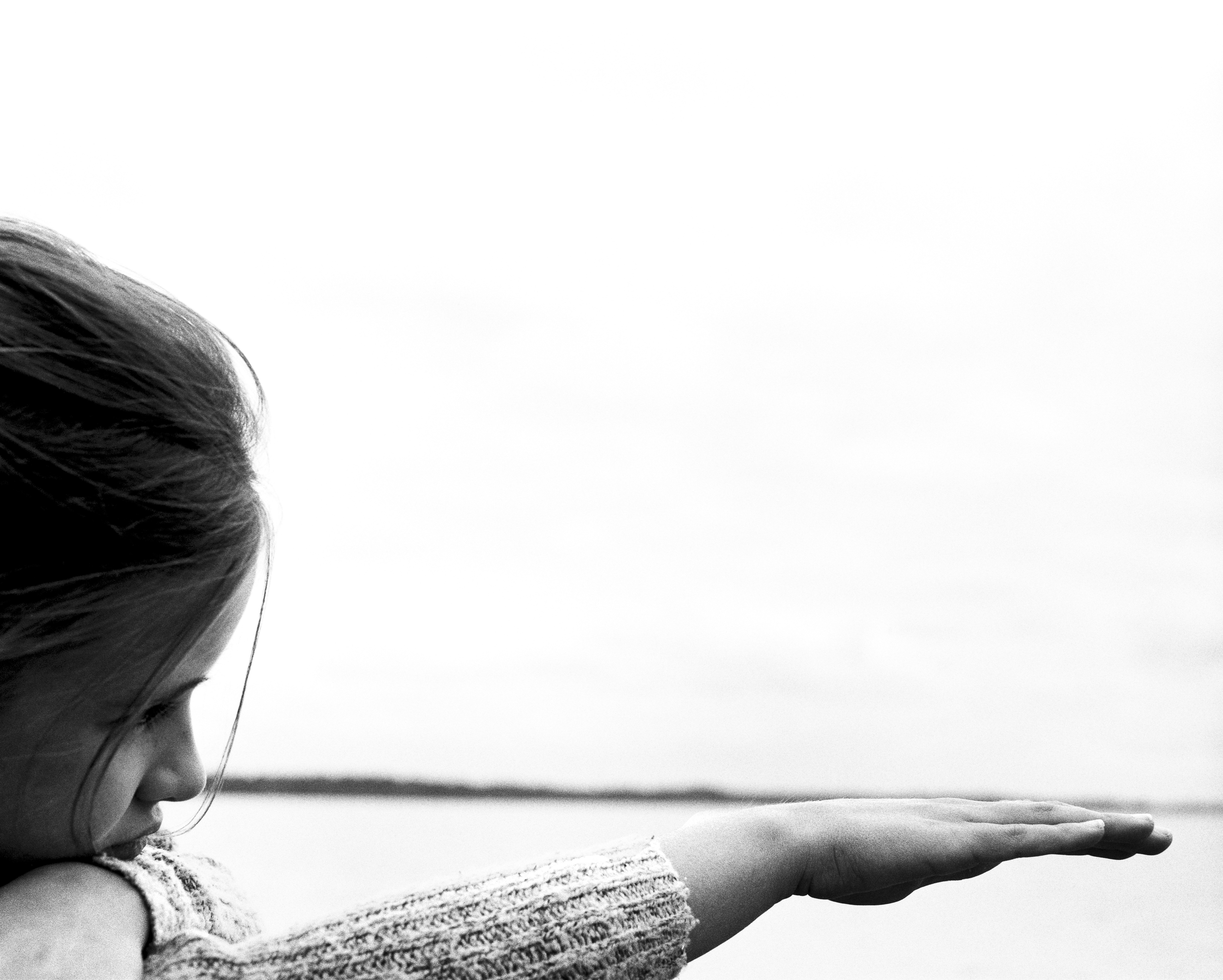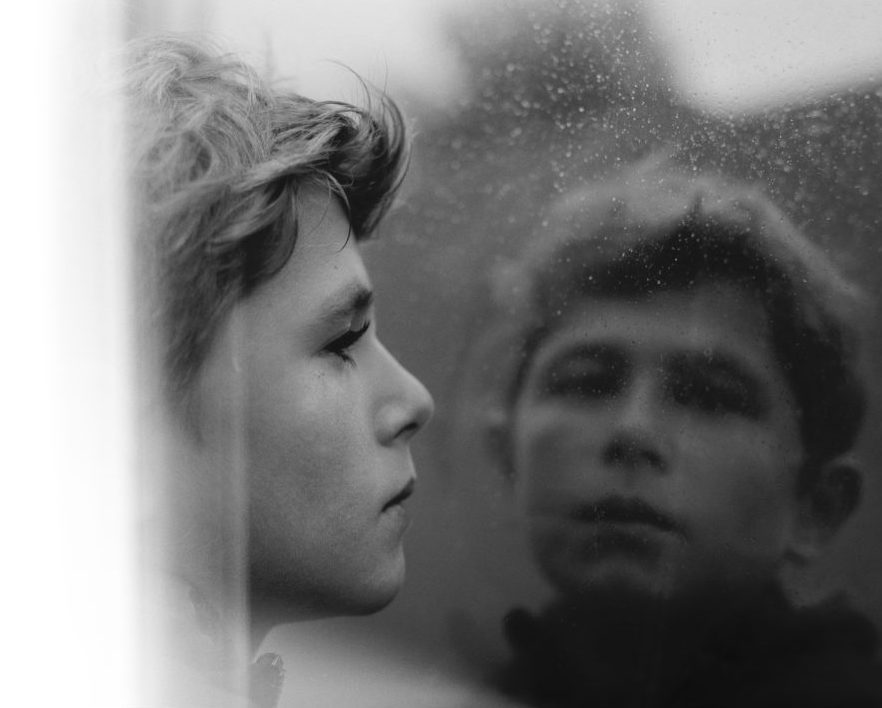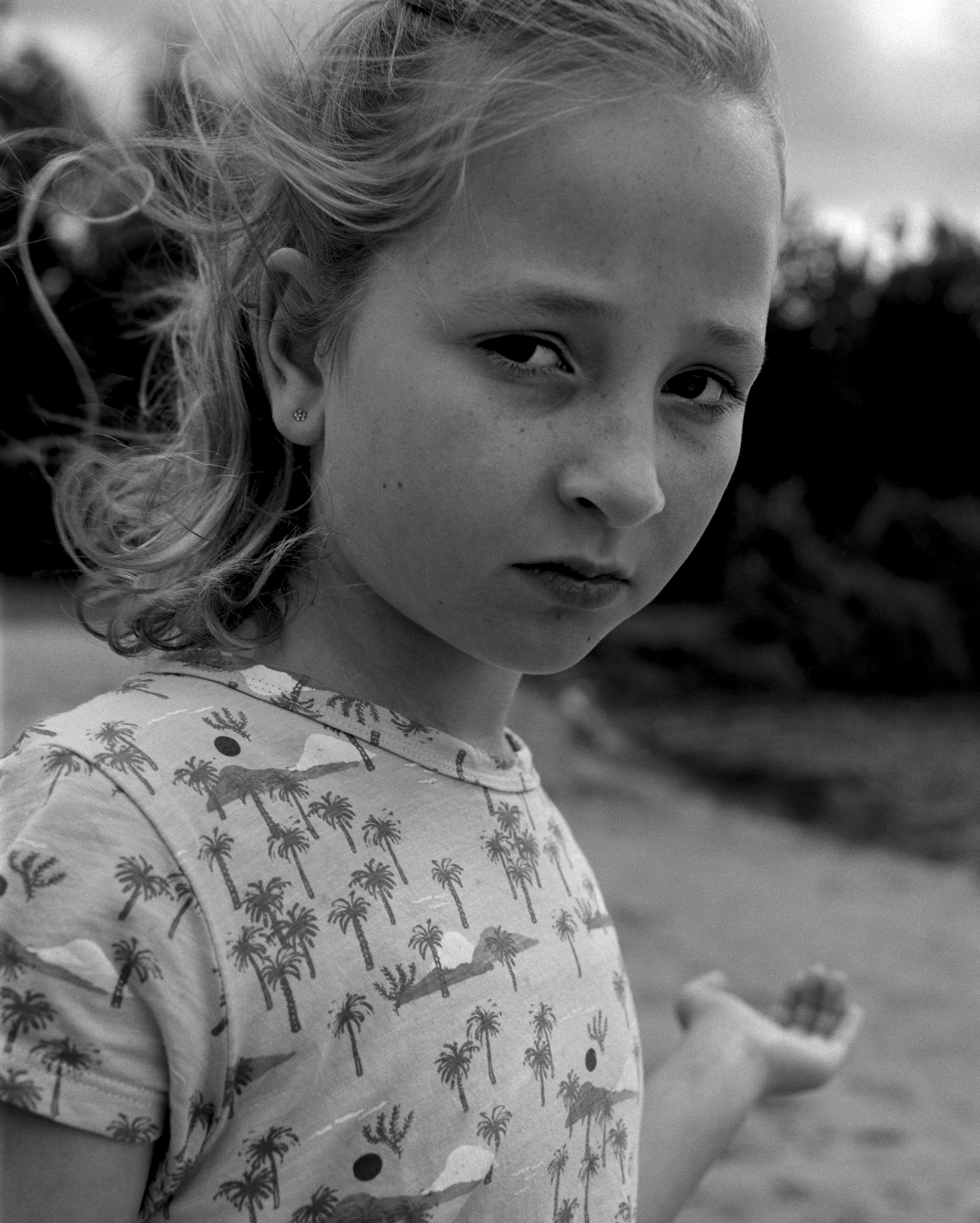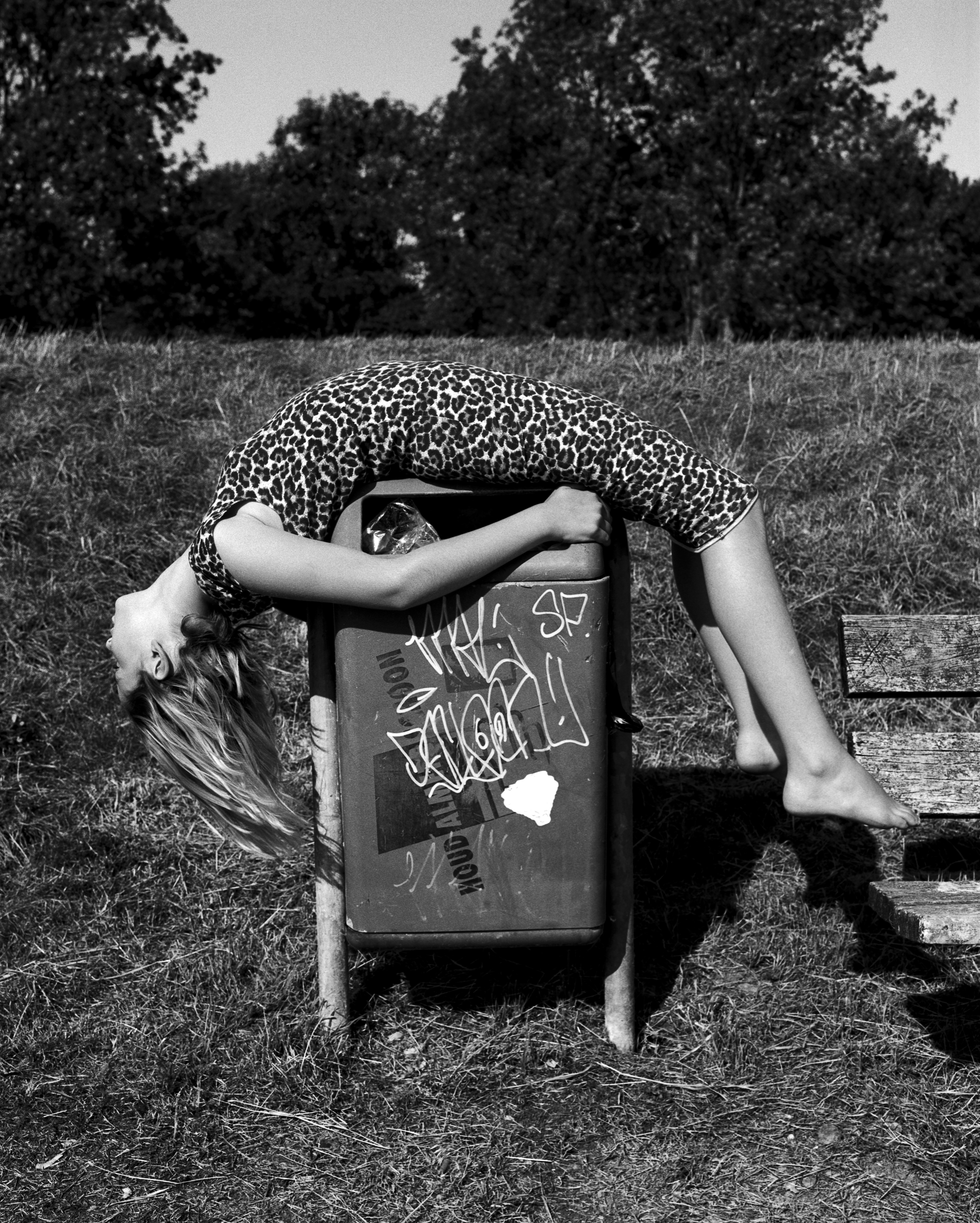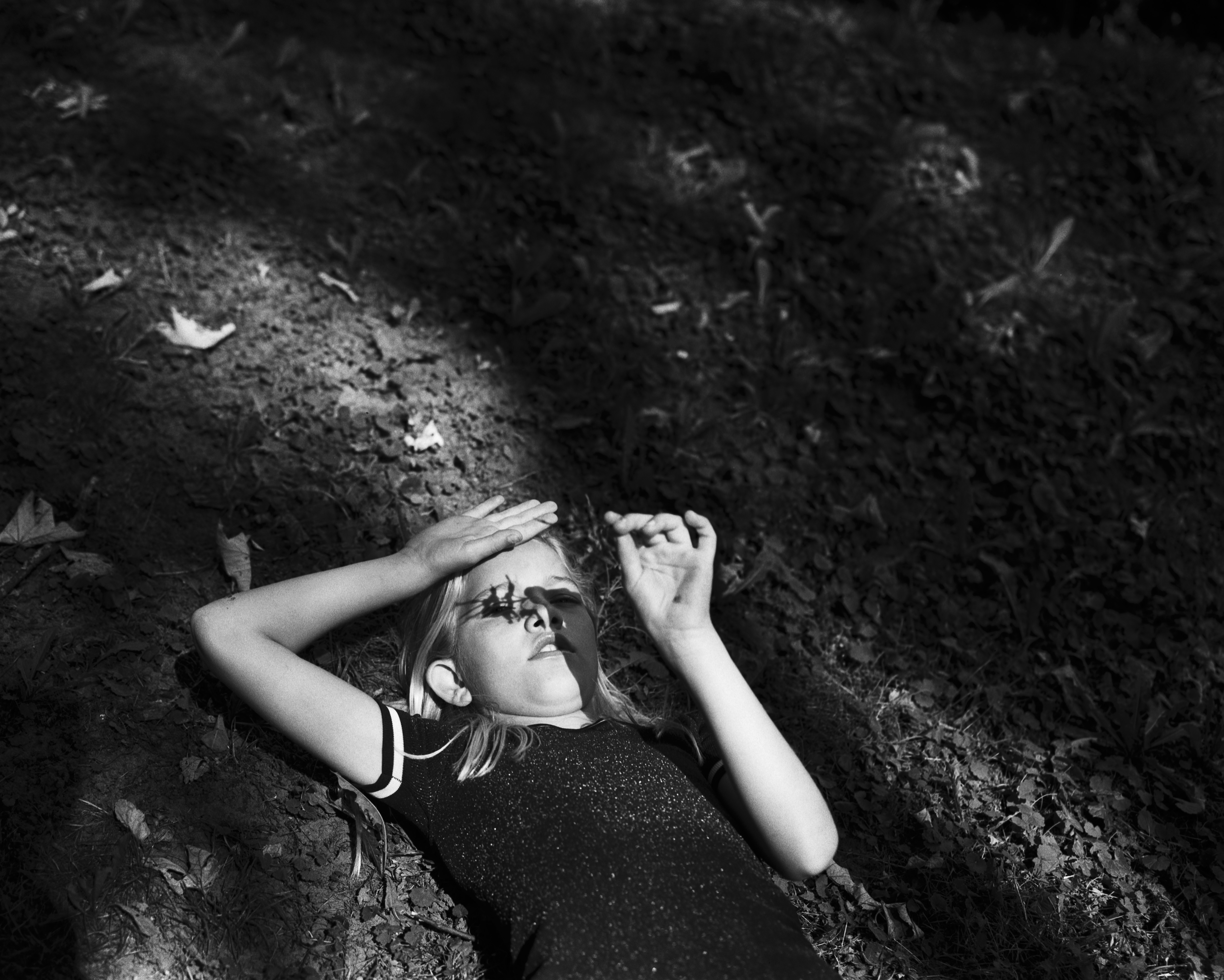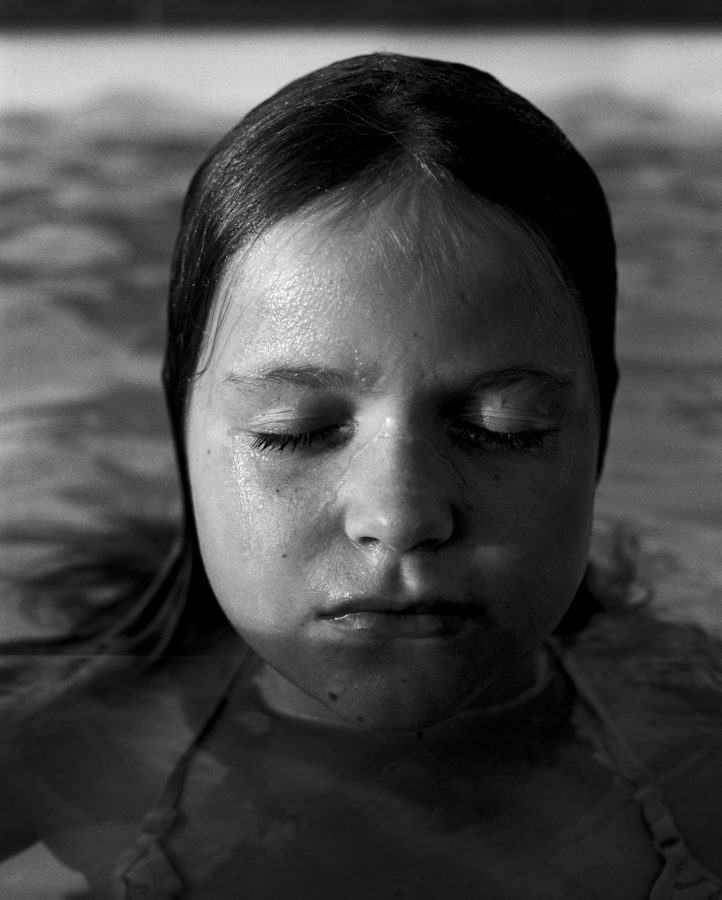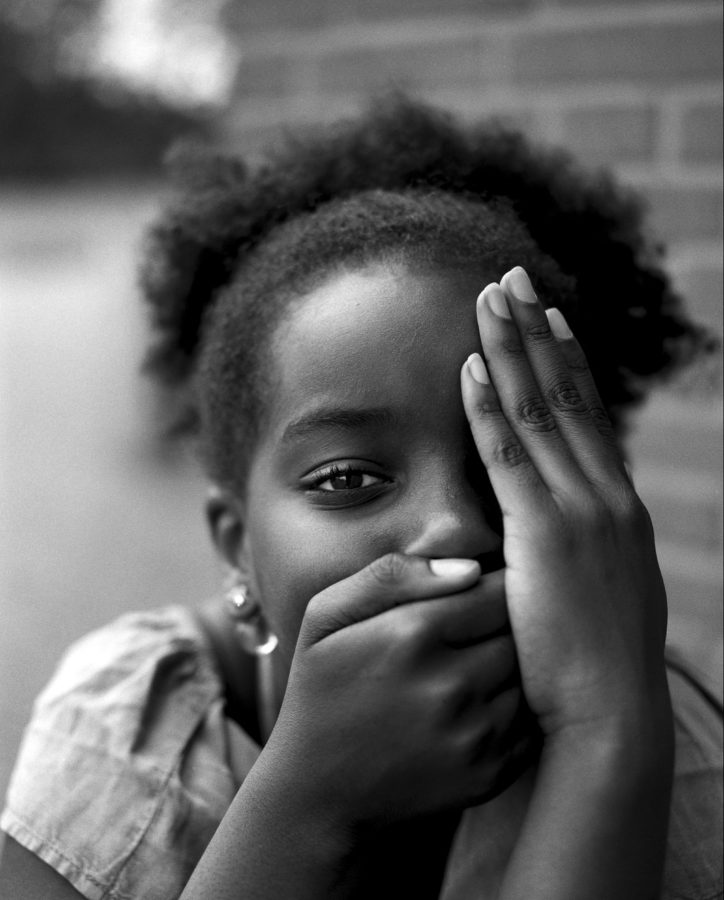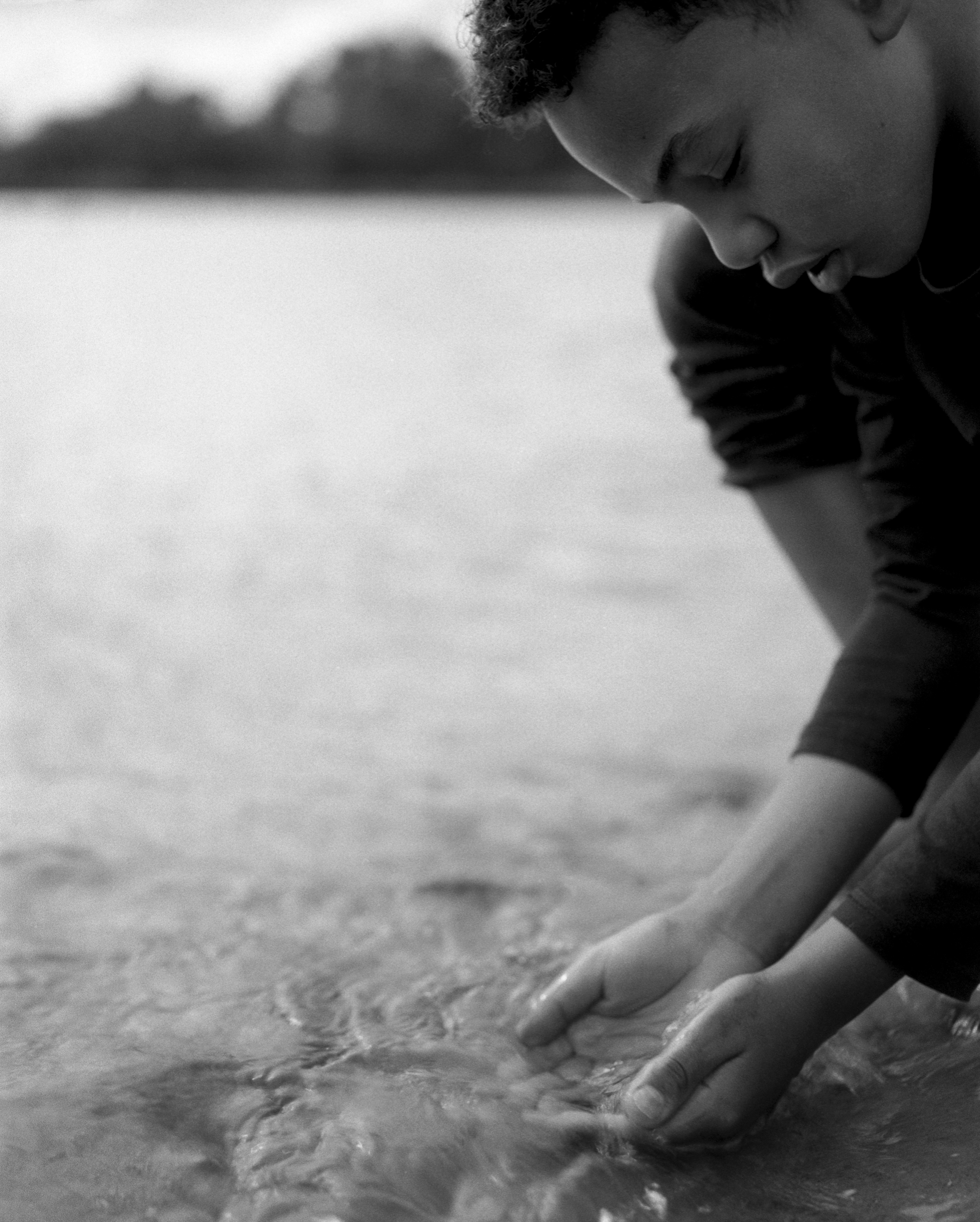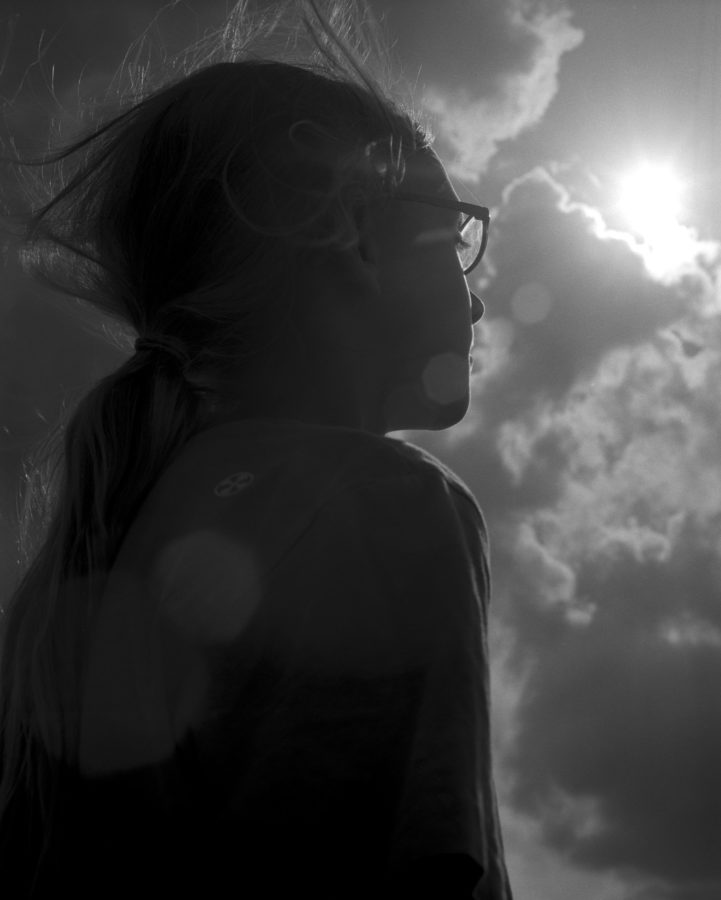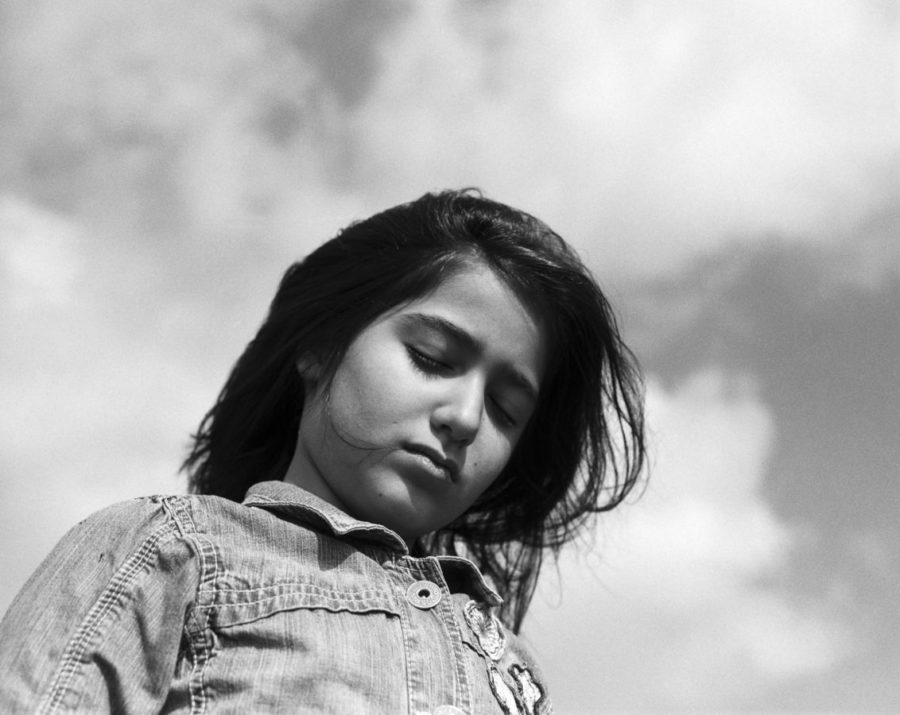Drift 2019
Drift
25 colorphotos on dibond, variable size between 110×160 cm, installed under water over 500 meters of canal in the city of Almere
Drift is a site-specific underwater photo installation, in which 25 enormous portraits float just below the surface of the water in the canals of Almere Haven. People of all ages look directly at you from below the surface of the water. Over time, nature corrodes and takes over the photos. Silt, algae and dirt adhere to the photos, creating ever-changing abstract silhouettes. A new and different transient image is constantly emerging.
Drift is about the fragile balance between man and his environment and examines our relationship with nature. The work raises questions such as; does man take over nature, or does nature take over us? Are we part of that nature, or are we at the mercy of it? Do we resist? or do we drift with the flow?
With this work I want to convey the urgency of climate change to the public and make tangible that humanity is vulnerable. I want the audience to experience that we depend on water for our survival and that we have to be careful with it.
Drift is a free assignment commissioned by Corrosia Theatre, Film and Expo and The Municipality of Almere in the context of urban renewal and at shown in October and November 2019. The project is selected for the Creative Climate Awards in New York and photo’s of the installation are exhibited at the Human Impacts Institute in New York from April 22nd until May 12th 2023.
Research for the project Drift
The question was to create a work in public space about the future of Almere. The content and form were completely free. The faces of the artwork Drift are of people who live in Almere. They are all people associated with 10 ten year olds, who were the starting point of an investigation into the future of Almere. As an artistic research, Roos decided to go back to something that has occupied her for almost 20 years; She has been collecting fears and desires for more than 20 years. Again she asked: What is your greatest desire? What is your deepest fear?
For this artwork in public space, she specifically chose ten-year-olds because children at that age have a more concrete understanding of reality, rather than the fantasy world of previous years. As a result, they are able to project something onto reality that they do not really know about yet, but that is emotionally true and not just fantasy. Van Geffen (individually) walked with the children for more than two hours, sharing their fears and desires. This gave the teenagers time and space to explore and deepen their own ideas. The fears and desires are often committed, conscious, sometimes shocking, sometimes moving; “I fear that there will be war, that bombs will fall, that people will be taken and become slaves” and “that the water will be as high as the Weerwater is wide”, and “that the sun will swallow the earth”. “On the one hand I am afraid of the future, on the other hand I am not. Natural disasters, but also solutions. I don’t know how to solve it, I only know that in 30 years. ”
Van Geffen wrote down the fears and desires compactly and anonymously. Spectators can connect themselves to which child has which fears and desires. The photos (taken with a Mamiya RB67) provide an associative and intuitive picture of the deep motives of each child, where the slowness of the operation of this camera contributed to the often still and concentrated images. The photoseries were exhibited together with the anonymous fears and desires printed on two large canvasses.
The photo series was exhibited, along with the anonymous fears and desires printed on two large canvases. In a gallery near the canals with the artwork Drift.
I want to become a flight attendant later.
And I want my father to come back.
I would like to be in charge here, then I would make a lot of shops. I’d make a slide and put a restaurant here.
I really want to become a biologist, which is that you dissect animals and learn more about them.
I want to become a top volleyball player.
I would like bridges to be built over the houses here so that you can take the fastest way to your destination, that you are fast everywhere.
And for the future, my desire is for the environmental pollution problem to be solved, otherwise a lot of people will die.
My own deepest desire, if I am very honest: I want to become a singer better known than Ariane Grande and then I will live in New York with my boyfriend. And if I don’t marry him, I will stay in Almere.
Then I will invent a time machine and then I will go back in time and ensure that there is no longer so much environmental pollution. And I put three trash cans everywhere instead of one.
I would like a horse to ride with you to school, that you ride it all day until it is tired and until you are tired and you have a lot of pocket money to take care of it.
A very nice house, very sweet children and very nice work that I cannot think of yet.
That my life is very perfect.
That there are no nightmares and no schools, but that you automatically become smart. I wish nobody is poor, that there are only villas here. I would also like a bigger house, I would like everyone to go to any country without a passport, except if someone is a villain, they are not allowed on vacation.
That I will earn a lot of money with my shop to buy a Porsche. I would like an electric Porsche.
A little sister.
I really want good school grades and a good job, not because I want to get rich, but so that I have enough money to go on vacation. My grandfather and grandmother are not that sick anymore, they are both in the hospital.
I really want it to be warm, that the Netherlands is just like Africa, but not with wild animals, but that it is warm.
That my best friend plays with me more. Later I want to start a care farm with my girlfriend, with an animal shelter and a childcare center. I would really like my rabbit to have a boyfriend. I want everyone to become vegetarian and people to do more for the climate and to travel less by plane and share their car.
Dogs and I’m afraid of heights. I fear that there will be war, that bombs will fall and that people will be shot, that people will die, that people will be taken and become slaves.
That the earth is swallowed by the sun. The sun always attracts the earth, the sun is getting closer to the earth. Natural disasters. First, I think the population dies because it is too hot to live on Earth. Secondly, the whole earth burns, nothing grows anymore, everything dries up because it is too hot. That will only happen in billions of years, but I am worried about it, because people are in mortal danger. Overpopulation, I’m afraid of that too. That you actually have nowhere to go, because everything is fixed, many people without a home, because we have no place for that. A lot of houseboats have to be built here, but then I am afraid that the water will become too full. If I were the mayor here, I don’t know what I could do about overpopulation. People must also be able to go wherever they want. I also think that there will be more groups and that is good, because then you will no longer be alone, but if you are alone, you will have a very large group in front of you. On the one hand I am afraid of the future, on the other hand I am not. Disasters, but also solutions. I don’t know how to solve it, I only know that in 30 years.
I am really afraid that the Earth will warm up and that we will no longer be able to live, because there are no other planets where there is life. Or that we are sucked in by a black hole. Then you are so torn apart, like a person sucks up a fluff with the vacuum cleaner. A black hole gets bigger when it eats things like planets. So he can also get closer and closer. But I don’t know if he has already eaten things, but I think stars. I think that’s cool to see, to see the black hole from the inside.
I am afraid that in 30 years the water will be here as high as the Weatherwater is wide.
If someone is under a tree, I’m afraid that tree will fall over. I’m afraid of nightmares, but I don’t really dream. The weeping willow is called Bishenk, so is my aunt’s name, she is a person, not a tree. I’m afraid people will die.
I’m afraid the sea is so polluted that you can’t swim in it anymore. The ozone layer is getting thinner and thinner and I’m afraid it will disappear. The sun is much hotter than we know. When the ozone layer is gone, it gets as hot here as in the Sahara and we all die. Any animal that can’t handle that is going to die out, including humanity.
That my parents will die. I am also afraid that our country will flood and that we will run out of drinking water. That we have no food and no money, just like in Africa, because food is very expensive. I would say that everyone gets receipts, just like in the old days, so that the food is distributed fairly. That not only the rich have food. I would punish people if they use too much water or fill their bath completely. I don’t want to end up like the people in Africa.
I’m afraid of the cemetery and killer clowns and spiders
Spiders is a small thing. What I am really afraid of is that if the earth warms up with 2 degrees then 99% of the coral will die out. I’m probably going to experience that, but I hope not. Many old cars go to other countries, where they are not so strict with the climate. We are very busy here, but far away they drive our old dirty cars. If I were in charge here I would forbid that, you have to clean up the cars in the Netherlands here.
Mister Motley October 17, 2019 Alex de Vries
Roos van Geffen creates a picture of the future
Floating on the stream
For Corrosia Theater Expo & Film in Almere-Haven, artist Roos van Geffen has created a work that creates a picture of the city in thirty years. The work consists of two parts; a documentary section, “The Collection of Fears and Desires / 10×10 years” and an autonomous work “Drift”.
For the first part, she has invited ten-year-olds to talk to her about how they see that future. Children at that age begin to trade in their own dream and fantasy world for a more concrete relationship with reality. As a result, they are able to project something onto reality that they do not yet know about, but that is emotionally true and not just fantasy.
Roos van Geffen has been researching the desires and fears of people for a long time and invites them to discuss them with her. She does that without emphasis, without prescribing anything to people. There are only two questions she asks: what is your deepest desire and what is your greatest fear? She is a non-judgmental listening and noting partner. She now has a large archive of piles of paper under the title “The collection of fears and desires”. The answers are almost always about personal relationships with the situation in which the world finds itself and how people are part of it. Depending on the urgency of that situation and its concrete influence on people’s living situation, the fears and desires vary from fairly abstract to particularly concrete.
“The Collection of Fears and Desires / 10×10 years” in Almere-Haven relates directly to the situation in which the children find themselves. They give precise, individual representations of their vision of the future. It is striking that they think a lot about how climate change will affect their lives. In their eyes, water-rich Almere runs the risk that it will be a drowned city in 30 years. The fact that the Flevopolder, where Almere was built, was conquered on the water just so recently, makes that picture of the future rather naval.
To find out what the ten-year-olds expect from the future, Roos van Geffen walked through Almere with ten children separately and always talked to them for two and a half hours. As a result, we were able to ignore spontaneous and superficial statements that only relate to their personal lives. Over time, more and more layers were tapped into the perception of the future and how you can influence it. In any case, the ten-year-olds proved extremely aware of the danger that humanity will deplete and destroy the earth. Among other things, it expressed itself in the fearful picture of the future that ‘the sun will swallow the earth’ or ‘that people will become victims of a war and enslaved’ and more directly involved in Almere ‘that the water will be as high as the Weerwater is wide ‘.
Caring for the climate is not the only thing that determines future expectations. Before that there is always a personal layer with regard to, for example, the family situation, the relationship with loved ones or someone’s descent or past.
An important aspect of this project is that Roos van Geffen did not speak with random people. She made a call in the newspaper to which children responded and with whom she made an appointment after a first meeting. Not only the ten-year-olds were her conversation partners, but often also the people from their immediate surroundings, at their homes. Everyone had the freedom to say what was needed and it was precisely because of this that noncommittance was avoided.
This lengthy, documentary investigation has yielded a lot of material. Among other things, the collected fears and desires and a series of analogue photos of the children who are absorbed in a situation that concerns themselves. Due to the longer recording time, it has a more contemplative and literary character.
This forms the foundation for the ultimate, autonomous work “Drift” that Roos van Geffen made. It consists of a series of 25 color photographs of the children, family members and other residents of Almere Haven. She shows the portraits in a very large format just below the water surface in the city canal. The photos together seem to be swept away like a swarm by the stream. Where water is often a dividing line, especially between life and death, it also establishes a connection.
Roos van Geffen has conducted experiments to find out how the photo portraits are affected by the water. The longer they are in the water, the more they undergo all kinds of influences and slowly become an abstract image. It is an image that goes without saying.

